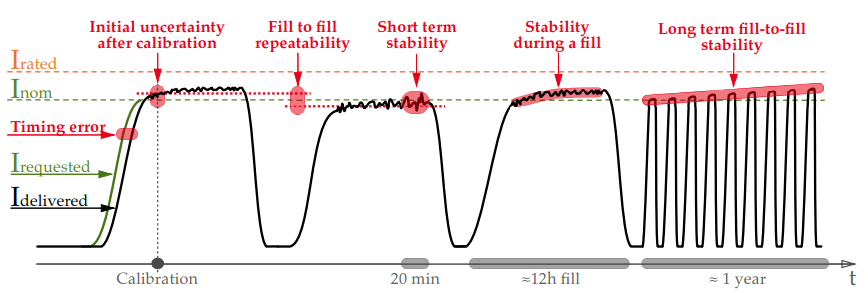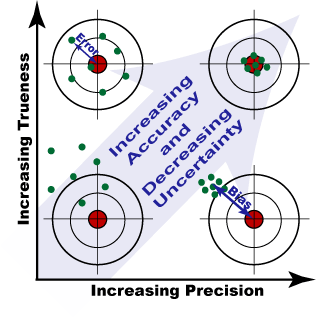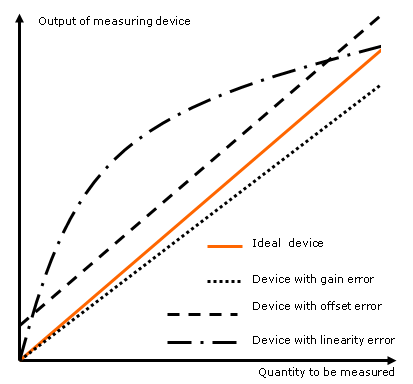|
Terms And Definition |

|
|
|
|
 |
|
 |
|
 |
CERN
|
SY-EPC
|
EDMS
|
PROJECTS
|
ODF
/
OOXML
|
|
CERN
|
SY-EPC
|
EDMS
|
PROJECTS
|
ODF
/
OOXML
|

|
|
|
|||||||||||||||||||||||||||||||||||||||||||||||||||||||||||||||||||||||||||||||||||||||||||||||||||||||||||||||||||||||||
| Design Requirements | ||||||||
|---|---|---|---|---|---|---|---|---|
| Accuracy class | Class 0 | Class 1 | Class 2 | Class 3 | Class 4 | Class 5 | Class 6 | Class 7 |
| Resolution [ppm] |
0.5 | 0.5 | 1.0 | 1.0 | 1.0 | 1.0 | 1.0 | 1.0 |
| Initial uncertainty after cal. [2x RMS ppm] |
2.0 | 2.0 | 3.0 | 7.0 | 10.0 | 50.0 | 100.0 | 200.0 |
| Linearity [|.| max ppm] |
2.0 | 2.0 | 5.0 | 8.0 | 9.0 | 20.0 | 50.0 | 100.0 |
| Stability during a fill (12 h) [2x RMS ppm] |
1.0 | 2.6 | 15.5 | 33.0 | 39.0 | 50.0 | 100.0 | 200.0 |
| Short term stability (20 min) [2x RMS ppm] |
0.2 | 0.4 | 1.2 | 2.0 | 5.0 | 10.0 | 20.0 | 50.0 |
| Noise [0.1; 500] Hz [2x RMS ppm] |
3.0 | 5.0 | 7.0 | 15.0 | 19.0 | 50.0 | 100.0 | 200.0 |
| Fill-to-fill repeatability [2x RMS ppm] |
0.7 | 1.6 | 14.5 | 32.0 | 38.0 | 60.0 | 100.0 | 200.0 |
| Long term fill-to-fill stability [2x RMS ppm] |
9.5 | 9.5 | 26.5 | 56.0 | 64.0 | 200.0 | 500.0 | 1000.0 |
* The table above already includes temperature coefficient correction. For more details place cursor above class header
Figure 1: Newly defined performance metrics
- References
 [Old] - LHC Classes
[Old] - LHC Classes
This short page explains and details the terminology and concepts which are used in this LHC (or HL-LHC) Converter Accuracy Table widely used at CERN. (This page is entirely based on the referred document below) There are several categories of converters in LHC and corresponding accuracy classes were agreed in the early design stages. A summary is given below.
| LHC Design Requirements | ||||
|---|---|---|---|---|
| Converter category | Accuracy class | 1/2 hour stability [ppm] |
24 hour reproducibility [ppm] |
1 year accuracy [ppm] |
LHC13kA-18V LHC Inner Triplets |
1 | 3 | 5 | 50 |
| 2 | 5 | 10 | 70 | |
| LHC600A-10V** LHC600A-40V** |
3 | 10 | 50 | 200 |
| LHC60A-08V** LHC120A-10V** |
4 | 50 | 100 | 1000 |
* These converters, by design will show a Temperature coefficient of up to +/-1ppm/°C.
** These converters, by design will show a Temperature coefficient of up to +/-3ppm/°C.
- References
- Current measurement transducer for power converters, 2012 (Miguel Cerqueira Bastos, CERN) .pptx
- High Precision Aspects of DC Power Converters, 2010 (Miguel Cerqueira Bastos, CERN) .pdf
- Presentation of the LHC power converters calibration results, 2012 (Miguel Cerqueira Bastos, CERN) .edms
- Current Measurement: Transducers, Analogue Signal Conditioning and ADCs, 2012 (Miguel Cerqueira Bastos, CERN) .indico
 Concepts
Concepts
- Smallest increment in current that can be induced or discerned
- The closeness of agreement between a test result and the accepted reference value. (ISO)
- Non-negative parameter characterizing the dispersion of the quantity values being attributed to a measurand. (VIM)
- Accuracy is a qualitative concept ! It cannot be quantified. Although common usage of the word Accuracy for quantitatively describing the characteristics of measuring instruments, is incompatible with its official meaning, in many situations the difference really doesn't matter at all and it remains much more attractive to say 'This instrument is accurate to…' rather than 'This instrument is uncertain by…'
Resolution:
Accuracy:
Uncertainty:
The term accuracy, when applied to a set of test results, involves a combination of Random Components (which affect precision) and Systematic Error or bias component (which affect trueness).
Sometimes we refer to Absolute Accuracy if the reference value is given by an accepted Standard Value. If the reference value is not a Standard, we often talk about Relative Accuracy.
Accuracy vs Uncertainty:
 Quantitative Notions
Quantitative Notions
- Represent each component of uncertainty that contributes to the uncertainty of the measurement result by an estimated standard deviation.
- Determine the combined standard uncertainty of the measurement result, by combining the individual standard uncertainties using the usual “root-sum-of-squares” method.
- Determine an expanded uncertainty by multiplying the combined uncertainty by a coverage factor, k. The purpose is to provide an interval within which the specific quantity subject to measurement can be asserted to lie with a high level of confidence. For example, for a level of confidence of 95%, k=2.
Figure 2
All measurement results must be accompanied by quantitative statements of uncertainty. The most common approachs to expressing measurement uncertainty are given below.
Standard Uncertainty:
Combined Standard Uncertainty:
Expanded Uncertainty:
 Accuracy Characterization
Accuracy Characterization
- They are systematic errors that relate to the trueness of a measurement.
- The offset error refers to the systematic error at zero and the gain error to the systematic error at full scale.
- Difference in the systematic error of a measuring device, throughout its range.
- Closeness of the agreement between the results of successive measurements of the same measure and carried out under the same conditions. (VIM)
- Closeness of the agreement between the results of measurements of the same measure and carried out under changed conditions. (VIM)
- Measurement of the change in a measurement system’s Systematic errors with time. We can more specifically refer to Gain Stability or Offset Stability.
- Noise can also be seen as a measurement of a device’s stability, although normally the term stability is used only for the low frequency range (≤Hz).
- When specifying stability, it is therefore important to clearly state the time / frequency ranges we are referring to.
The term Accuracy is a qualitative concept, used to describe the quality of a measurement. At CERN (and elsewhere) a measurement’s systems capability is often characterized in terms of Gain and Offset errors, Linearity, Repeatibility, Reproducibility and Stability.
Figure 3
Gain and Offset errors:
Linearity:
Repeatability:
Reproducibility:
Stability:
| TOP | CHARTE | HTML | CSS | Ver : 18-12-2020 21:38:06 | Webmaster : Michel GEORGES. |


